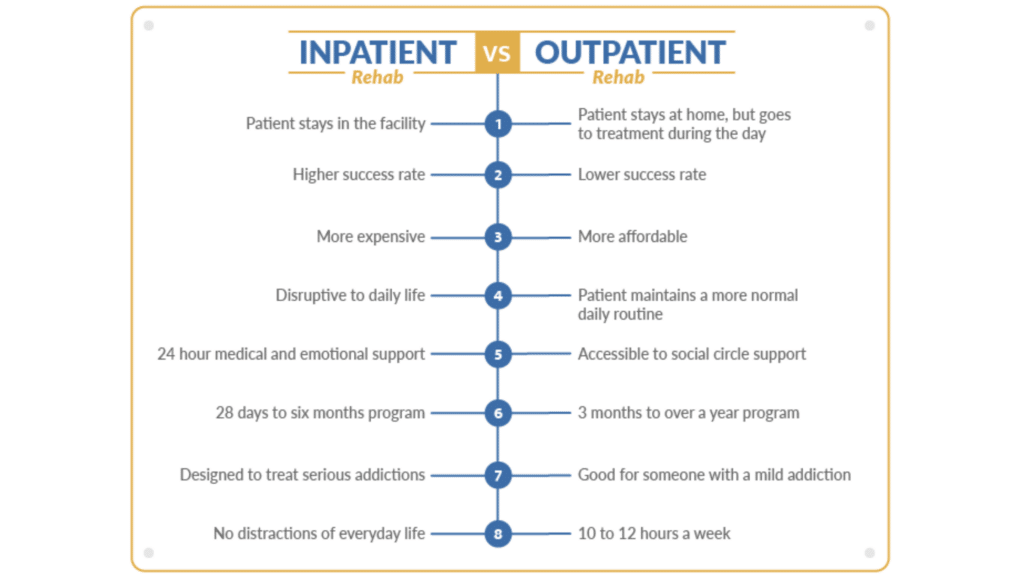Therapy is an essential element of addiction treatment. Some may even say it is the cornerstone of addiction treatment programs regardless of the type of addiction for which you might be seeking treatment. The most common form of addiction treatment therapy is called cognitive-behavioral therapy or CBT. The premise behind cognitive behavioral therapy is helping people to change negative thoughts and irrational beliefs by thinking about the roots of their emotions and learning to build positive belief systems. Rational motive behavioral therapy or REBT is a type of cognitive-behavioral therapy. But what is REBT, and what are its goals? Again, this therapy type focuses on helping those in addiction treatment learn to change irrational beliefs around addiction. REBT (and other types of cognitive-behavioral therapy are often referred to as “action-oriented” approaches to psychotherapy that are designed to help you or your loved ones in treatment manage emotions, thoughts, and behaviors in a positive, healthy way.
What Is REBT Therapy?
Albert Ellis, the creator of REBT, believed that people were not disturbed by things, but rather by how they viewed those things. The fundamental idea behind REBT is that the way people feel is significantly influenced by how they think. When people hold irrational views of themselves (or others around them), problems can arise. The goal of REBT is to help you alter the illogical beliefs and negative thinking patterns that have led to addictive behavior.
REBT is best understood by looking at the steps of the therapeutic process. The first step asks you to identify the irrational thought patterns and beliefs that have led to addictive behaviors. In many cases, these are reflected as absolutes, such as “I can’t” or “I must.” Continuing to hold onto such beliefs makes it nearly impossible to respond to triggering situations positively and healthily. The next step is working towards changing irrational beliefs. Once they have been identified, your therapist, skilled in REBT techniques, will help you dispute these beliefs through various methods. The final step involves gaining insight and changing behaviors.
The REBT process can indeed be challenging as it asks you to face difficult thoughts and emotions that have been perceived as fact for some time, and accepting these thoughts as unhealthy is not easy for anyone. REBT strives to help you learn from mistakes and respond in a healthy way to triggering situations.
Core Principles of REBT
REBT therapy follows a key concept based on ABC model. It illustrates that while we keep blaming outside events for our unhappiness, our perception of these events is what truly causes psychological distress.

REBT is based on the principle that people generally aim to do well and achieve their goals. Though, irrational thoughts and feelings can affect these goals. These beliefs influence how we perceive events and circumstances.
Here’s how the ABC model works:
A – Activating Event: Something happens in the environment that triggers a negative reaction.
B – Belief: These are the thoughts about the event, often irrational.
C – Consequence: The emotional response to the belief, usually resulting in distress.
How Rational Emotive Behavior Therapy Is Used in Addiction Treatment
REBT has proven to be a highly effective therapy model if you are struggling with a substance abuse disorder. The core essence of REBT is to change the way you think about your addiction and the situations that contribute to your addiction. Participation in REBT sessions, either individually or in a group format, can help you learn how to have more positive reactions to triggers, which, in turn, will help you resist turning to substances to cope with emotional situations. If you are struggling with an addiction, REBT can help you reduce the powerful impact of your emotions. The ability to minimize the effects of emotions leads to fewer self-defeating behaviors, such as using.
There are two primary ways REBT can help you defeat your addiction. First, it helps you learn how to react to situations in more realistic ways instead of irrational thoughts. It also allows you to realize there are things in life you cannot control, but you can control how you react to the specific situation. REBT is often combined with other treatment methods, such as medical treatments, alternative therapies (or holistic therapies), and other forms of psychotherapy.
FAQs
Que: Is REBT good for anxiety?
Que: What are drawbacks of REBT?
Que: How does REBT treat depression?
Que: What is the most common cognitive method of REBT?
Conclusion
REBT is a highly effective form of therapy that has helped many people meet and defeat their addiction since it was first introduced over seventy years ago. REBT is an evidence-based, validated treatment model that can help you change your negative thoughts and responses to lead a happier, sober life. If you are ready to seek addiction treatment or have questions about how REBT or other treatments may be able to help, contact the caring, compassionate team at Relevance Recovery today. You are relevant.








